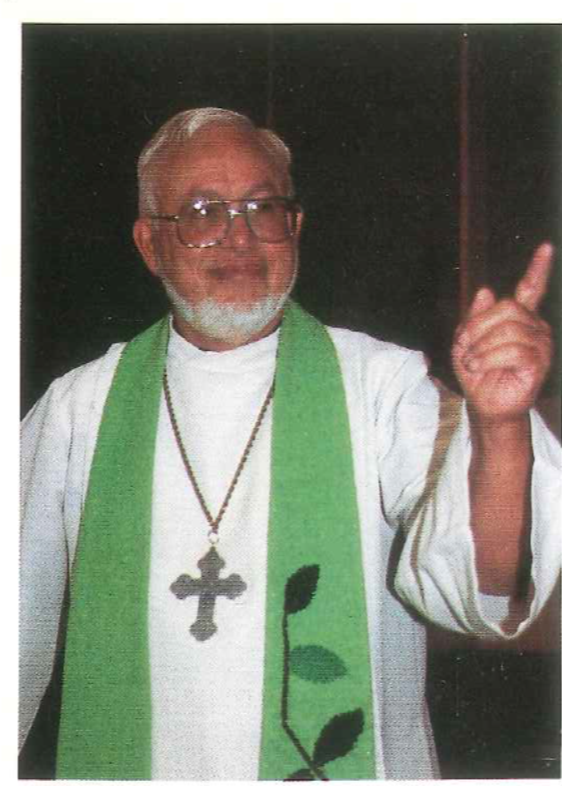GRATITUDE ON PARADE
#gratitudeonparade
Michael J. Stanch, who likes to describe himself humorously as a “recovering attorney,” has returned with his family to his home state of Minnesota after 24 years in Illinois. He has been an invaluable asset to a program that has produced dozens of energy efficiency retrofit projects for Chicago-area churches. He operated his own energy firm, Stanch Lighting and Energy, but more importantly for this tribute, was a central figure in the success of the Environmental Concerns Working Group of the Metropolitan Chicago Synod of the Evangelical Lutheran Church in America (ELCA). From 1989-2010, in its formative period, I chaired this group, but Mike came along at a critical time.
I had already worked out a zero-interest revolving loan fund scheme for the Working Group with Job Ebenezer, who was once responsible for ELCA environmental stewardship and facilitated a $5,000 grant to launch the fund in 1994. We grew the fund in various ways, but Mike identified one major step for us around 2001, when we applied for a grant from the Illinois Clean Energy Community Foundation, funded by Commonwealth Edison as part of an agreement with the State of Illinois. We won a large grant that quadrupled our lending resources.
But that was just the beginning for Mike, who also conducted almost all the energy audits of churches that applied for loans, and then helped us and the congregations plan the implementation of the agreed projects. In some cases, we lowered costs through sweat equity; in others, supplemental grants and ComEd rebates stretched what we could do. Mike was always central to working out the details.
We will miss him, and we will have to replace his faithful services somehow. But there is no question that more than two dozen Lutheran congregations in metropolitan Chicago have benefited, some with multiple projects over the years. Toward the end, Mike was helping us extend our reach into solar energy as well. He has been an essential figure in this enterprise for about 20 years.

Posted on Facebook 2/4/2019
GRATITUDE ON PARADE
#gratitudeonparade
It’s been a few busy days since I posted one of these tributes, and I was hoping to have a photo, but it has not worked out. Nonetheless, Gary Lamb, now 81, a retired farmer in Chelsea, Iowa, deserves this. More than 30 years ago, when I was a hard-working graduate student trying to compile material and stories for his first book, Gary was a farm activist and fervent supporter of Tom Harkin, who first got elected to the U.S. Senate in 1984. Gary hosted a rally for Harkin on his farm, and going there was one of the early dates with Jean Schwab, ten months before we were later married in Omaha.
Gary was also doing all in his power to help connect me to people in the farm community he felt I needed to know, speaking glowingly of my work in various forums, and later arranging for Harkin to write a foreword to Raising Less Corn and More Hell. Our friendship continued well after the book was published, which contained a vivid interview with Gary.
He also had a wonderful sense of humor. On one occasion in the early 1990s, I drove out to Des Moines for an Iowa Farmers Union convention when Gary was IFU president. I brought our 10-year-old daughter, Jessica, who proceeded to ask why the cows on farms along I-80 couldn’t do their business farther away from the highway so it wouldn’t smell so bad when she opened the car window.
Gary looked down, smiled broadly, and said, “I’ll see what we can do about that.” Gary is doing less well these days, but I sure hope that humor has not escaped him. Thanks, Gary, for all you did to help make what I did possible.
Posted on Facebook 2/8/2019

